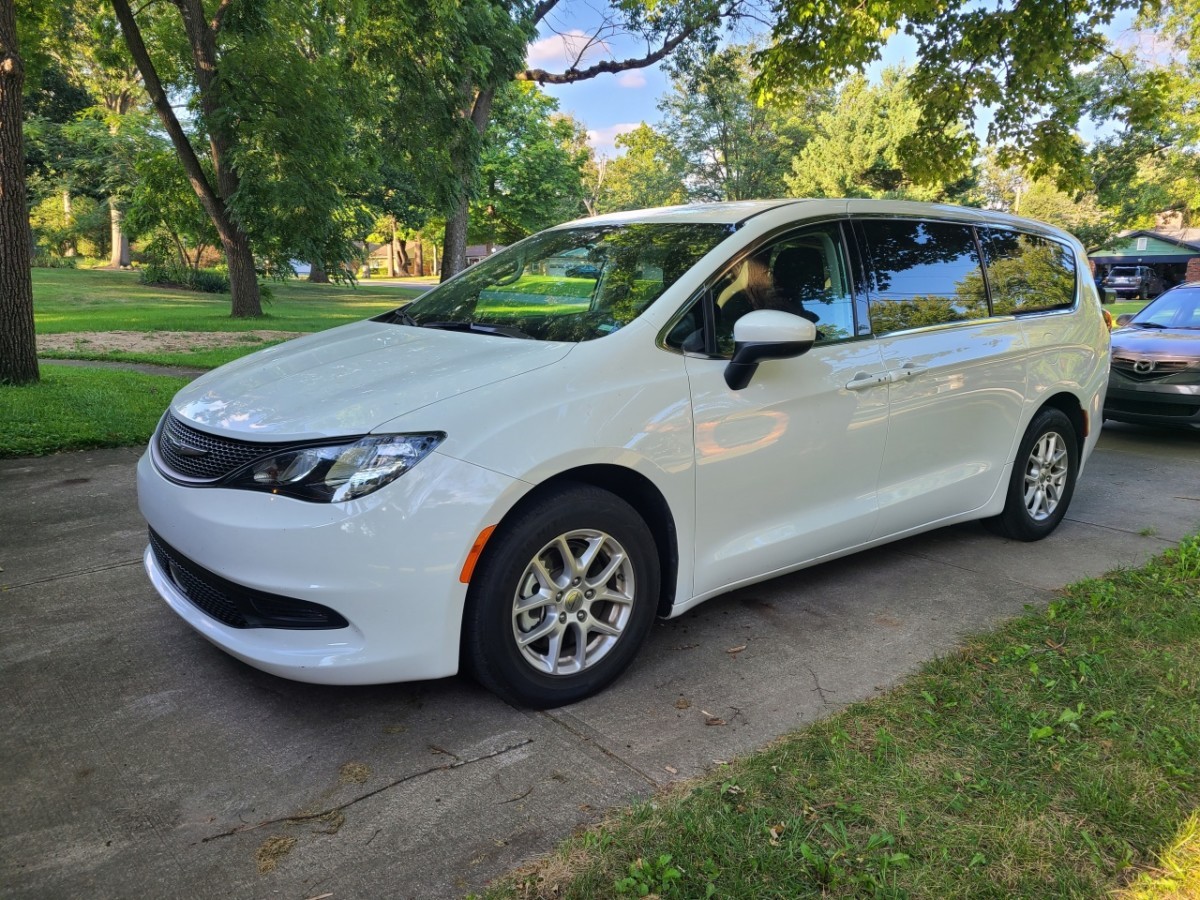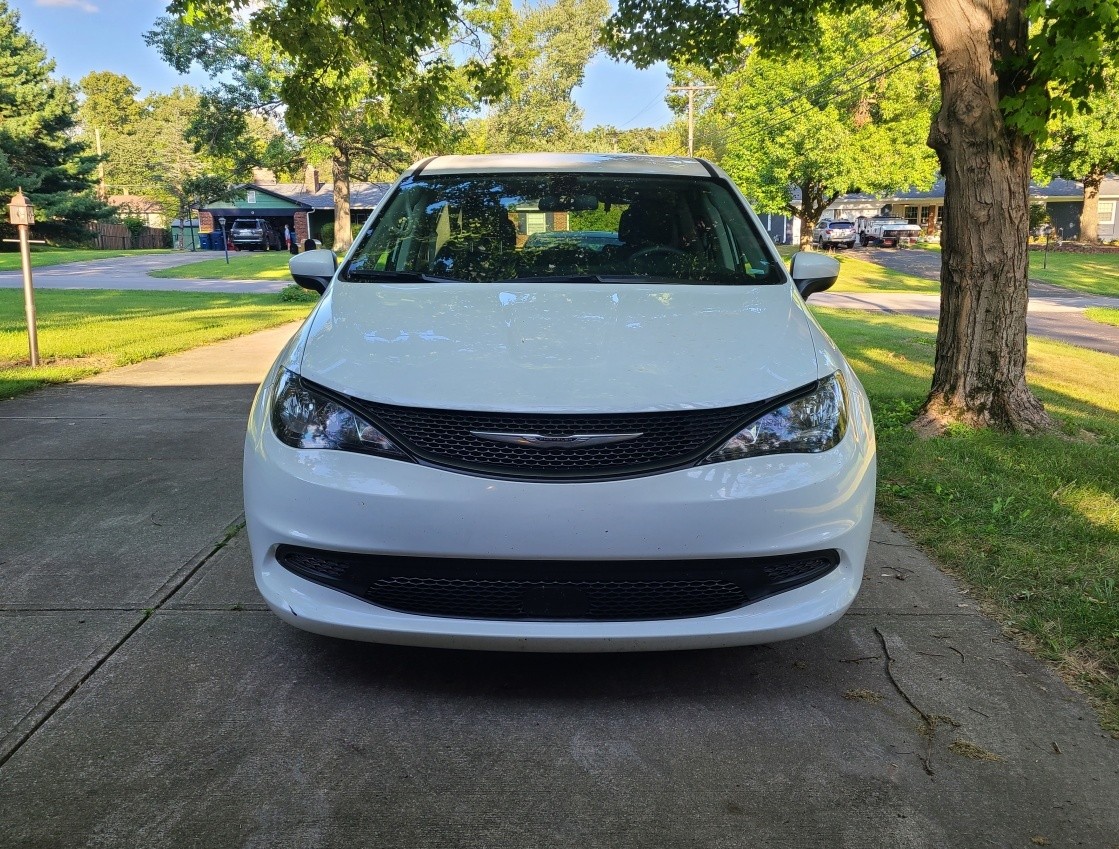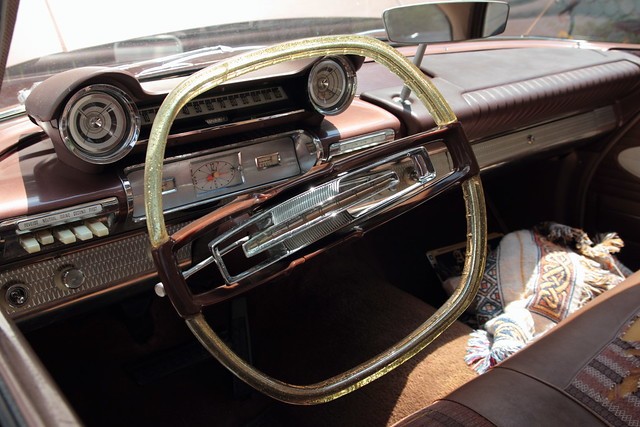Having spent considerable time behind the wheel of various minivans over the years, from an early Honda Odyssey to a Chrysler Town & Country and a Kia Sedona, I thought I had a comprehensive understanding of the minivan landscape. However, the current Chrysler Pacifica and its sibling, the Dodge Voyager, remained a notable gap in my experience. Recently, an opportunity arose to test drive a 2022 Dodge Voyager, and I’m here to share my insights on this vehicle, especially for those considering it as a practical family option. My last encounter with a Chrysler minivan was a few years back with a Dodge Grand Caravan, and this Voyager presented a chance to see how Chrysler’s budget-friendly minivan offering stacks up in today’s market. So, how was the Voyager? In a word, it was “fine.”
Now, “fine” might not be the most enthusiastic praise. In today’s world, “fine” often translates to just acceptable, not exceptional. It’s not bad, but it’s certainly not something that exceeds expectations or leaves you particularly impressed. This “fine” experience encapsulates my overall impression of the Dodge Voyager.
It’s important to preface this review by acknowledging my recent departure from my beloved Kia Sedona. That minivan had won me over with its smooth engine and seamless transmission. Moving from such a satisfying vehicle naturally set a high bar for any successor. However, setting personal preferences aside, let’s delve into the specifics of the Dodge Voyager and evaluate it on its own merits.
The Dodge Voyager essentially serves as Chrysler’s value-oriented minivan, primarily aimed at rental fleets. It’s positioned to fill the void left by the discontinued Dodge Grand Caravan. Utilizing the pre-facelift styling of the Chrysler Pacifica, the Voyager offers a more economically equipped version, making it a budget-conscious choice in the minivan segment. While not as basic as my old Sedona (which remarkably had manual rear doors), it’s also not as refined or feature-rich as higher-trim minivans or even other vehicles in my garage.
Let’s begin with the positives. The 3.6L Pentastar V6 engine under the hood is a standout feature. This engine is widely praised, and for good reason. In the Voyager’s front-wheel-drive configuration, it feels responsive and provides ample power. It’s a willing revver and never left me wanting more in terms of acceleration or overall performance. Another significant improvement over older Chrysler minivans, like the Grand Caravan, is the Voyager’s structural rigidity. Past experiences with Grand Caravans often revealed noticeable body flex, which was disconcerting in a modern vehicle. The Voyager, however, felt solid and composed, exhibiting no structural concerns.
The Voyager also incorporates Chrysler’s Stow ‘n Go seating system, a highly practical feature that allows for effortless conversion between passenger and cargo configurations. This is a major advantage for families who frequently need to switch between hauling people and larger items. Interior storage is also well-addressed, with an abundance of cupholders and cubbies throughout the cabin. This is an area where my previous Sedona was lacking, so the Voyager’s thoughtful storage solutions were appreciated. In terms of overall utility, the Voyager performs as expected for a minivan – it’s spacious and versatile.
However, the Dodge Voyager is not without its drawbacks. One area that warrants closer examination is the 9-speed automatic transmission. Initially, it seemed like Stellantis had resolved the shifting issues that plagued earlier versions in models like the 2018 Grand Caravan. For the majority of my driving experience, the powertrain felt smooth and responsive. Yet, intermittently, the transmission exhibited odd behavior, such as abrupt and harsh upshifts. These instances were sporadic and difficult to replicate consistently, but they occurred frequently enough to be noticeable and somewhat concerning. Having not experienced similar transmission quirks in other vehicles, including a Chrysler Charger with a different transmission, it raises questions about the refinement of this particular 9-speed unit, especially in a higher-mileage rental vehicle.
The Voyager’s HVAC system also presented some usability issues. It felt like an awkward compromise between a fully automatic climate control system and a straightforward manual setup. The electronically controlled manual system required frequent fan speed adjustments, and the noticeable delay between input and response was frustrating. Adding to the complexity, the rear HVAC controls were not intuitively located. It took until the end of the test period to discover the rear fan speed adjustment, which was not easily accessible or immediately apparent. For a week, adjusting the rear fan speed involved reaching awkwardly across to the rear passenger side control – a design oversight that impacts user-friendliness.
The U-Connect infotainment system, while pairing easily with smartphones, also felt somewhat dated compared to more modern systems, including other U-Connect versions. Navigating the system to adjust rear HVAC settings required multiple steps and screen interactions, diverting attention from driving. While Android Auto integration is a plus for navigation, the overall infotainment experience could be more streamlined and user-friendly.
Driver and passenger comfort is another area where the Voyager falls short. The driver’s seat, in particular, felt perched and less comfortable than desired. While visibility was good, the seating position lacked the nestled-in, comfortable feel found in other vehicles. Passenger feedback echoed this sentiment. Furthermore, ingress and egress were slightly hampered by the roofline, requiring some ducking to avoid hitting my head – a surprising inconvenience, especially considering the minivan’s overall design.
Perhaps the most polarizing feature is the Voyager’s stop-start system. While intended to improve fuel economy, the system’s execution is intrusive and disruptive. The engine shuts off at every stop, which can become bothersome, especially in stop-and-go traffic. Although it can be temporarily overridden, the need to constantly manage the system detracts from the driving experience. The system’s behavior, such as shutting off the engine when pulling into a parking spot only to restart when shifting to Park, feels particularly illogical and unnecessary. For drivers who appreciate a smooth and uninterrupted driving experience, the stop-start system might be a significant annoyance.
Reflecting on my time with the Dodge Voyager, it’s hard not to draw comparisons to previous vehicles, particularly my Sedona. Having enjoyed the Sedona for so long, any new minivan faces a tough comparison. However, even setting aside personal preferences, the Voyager struggles to truly impress. Compared to other vehicles within the same manufacturer’s lineup, like the Chrysler Charger, the Voyager lacks the same level of refinement and overall satisfaction.
Interestingly, certain design elements of the Voyager evoked a retro aesthetic, reminiscent of Virgil Exner-era Chrysler vehicles. The instrument cluster, for instance, bears a resemblance to the 1961 Plymouth’s design, with its digital gauges using hash marks to indicate levels. While perhaps intended to be stylish, the execution feels somewhat dated and lacks a modern appeal. Similarly, the overall shape of the Voyager subtly recalls the early Valiant wagon, further contributing to this vintage vibe.
Pros:
- Powerful and refined 3.6L Pentastar V6 engine.
- Solid structural integrity.
- Practical Stow ‘n Go seating.
- Ample interior storage.
Cons:
- Inconsistent 9-speed transmission performance.
- Unintuitive and dated HVAC controls.
- Uncomfortable driver’s seat.
- Intrusive stop-start system.
- Overall “fine” but not exceptional driving experience.
Conclusion:
In conclusion, the Dodge Voyager is, ultimately, “fine.” It fulfills its basic function as a minivan, providing space and utility. However, it lacks the refinement and polish to truly stand out in a competitive segment. While it didn’t leave a negative impression, it also didn’t inspire any particular enthusiasm. The Voyager might serve adequately as a rental vehicle or a budget-friendly option for those prioritizing basic minivan functionality. However, for buyers seeking a more enjoyable and well-rounded minivan experience, exploring higher-trim models or competitors might be worthwhile. For me, the Voyager experience primarily served to highlight how much I missed my 2012 Kia Sedona.



